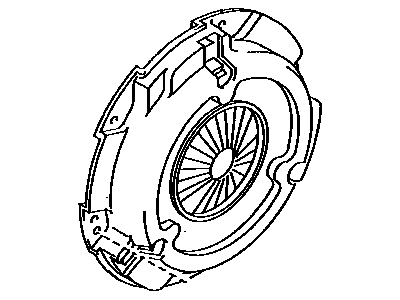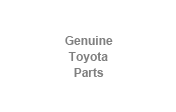×
ToyotaParts- Hello
- Login or Register
- Quick Links
- Live Chat
- Track Order
- Parts Availability
- RMA
- Help Center
- Contact Us
- Shop for
- Toyota Parts
- Scion Parts
My Garage
My Account
Cart
OEM 2002 Toyota Echo Pressure Plate
Clutch Pressure Plate- Select Vehicle by Model
- Select Vehicle by VIN
Select Vehicle by Model
orMake
Model
Year
Select Vehicle by VIN
For the most accurate results, select vehicle by your VIN (Vehicle Identification Number).
1 Pressure Plate found
- Product Specifications
- Other Name: Clutch Cover, Reman; Clutch Kit
- Replaces: 31210-12190, 31210-12141, 31210-12140, 31210-12191
- Item Weight: 10.40 Pounds
- Item Dimensions: 12.5 x 11.5 x 2.4 inches
- Condition: New
- SKU: 31210-12191-84
- Warranty: This genuine part is guaranteed by Toyota's factory warranty.
2002 Toyota Echo Pressure Plate
Looking for affordable OEM 2002 Toyota Echo Pressure Plate? Explore our comprehensive catalogue of genuine 2002 Toyota Echo Pressure Plate. All our parts are covered by the manufacturer's warranty. Plus, our straightforward return policy and speedy delivery service ensure an unparalleled shopping experience. We look forward to your visit!
2002 Toyota Echo Pressure Plate Parts Q&A
- Q: How to service and repair the pressure plate on 2002 Toyota Echo?A: To service the pressure plate, take off the transaxle, clutch cover and the disc. Check the flywheel, diaphragm spring and the clutch disc of wear and replace when needed. To install, make match marks, tighten fasteners and check. Coat contact points with grease, fit the release bearing and re-fit the transaxle.













